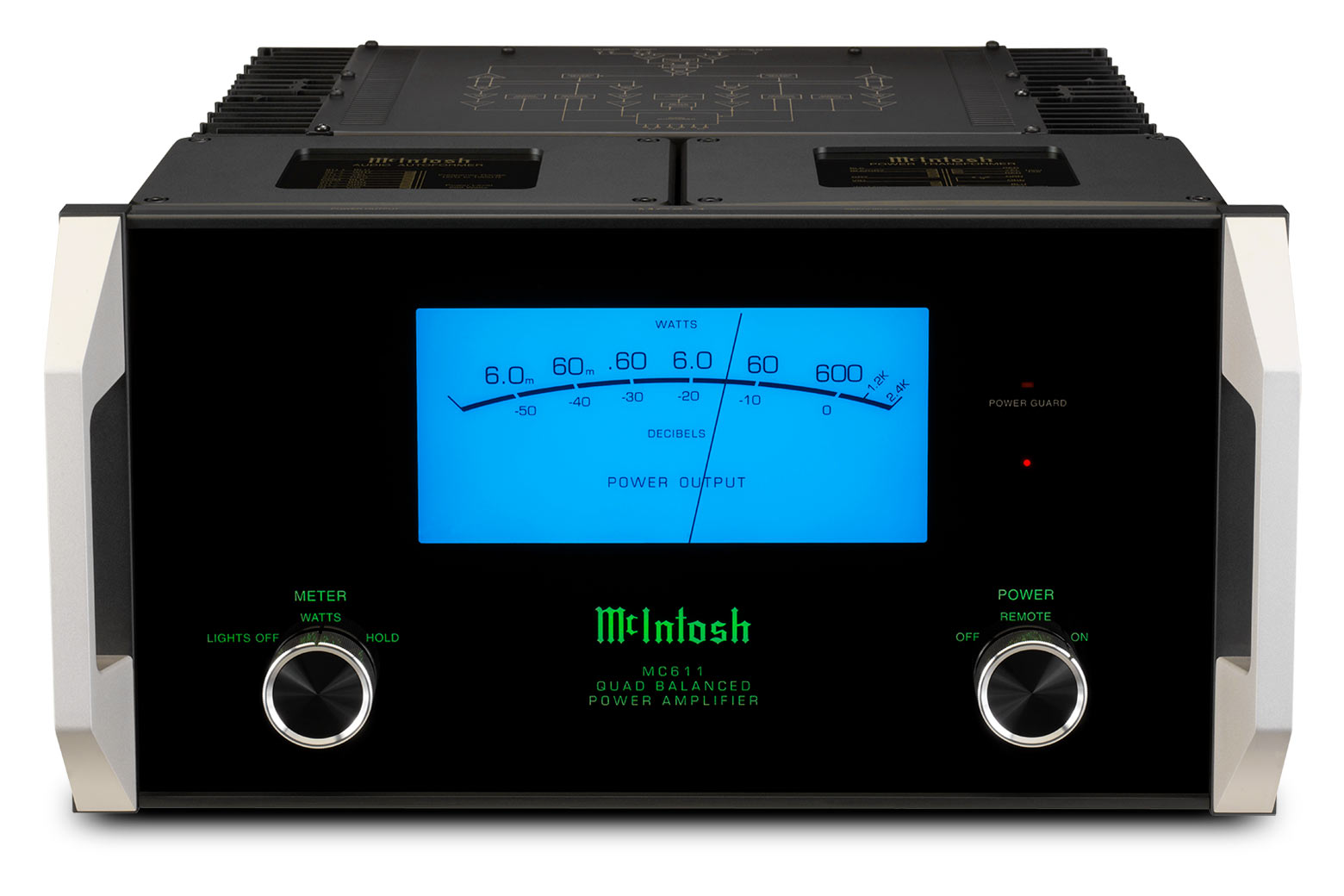Foreword / YouTube Video Review
This item is my own. I purhased it approxiately six months ago. I was not paid nor given anything in return for this review.
All my reviews are done on my own time with great care to give you all the best set of data and information I can provide in order to help you make a well-informed purchase decision. I offer this for free to all who are interested. In return, if you want to support this site please see the bottom of this review for ways you can help. It is greatly appreciated.
The review on this website is a brief overview and summary of the objective performance of this processor. It is not intended to be a deep dive. Moreso, this is information for those who prefer “just the facts” and prefer to have the data without the filler. The video below has more discussion with respect to the technical merits and subjective notes.
< coming soon >
Information and Photos
Some specs from the manufacturer are below and full specs can be found here.
- Power Output: 600 Watts into 2, 4 or 8 Ohm speakers
- Total Harmonic Distortion: 0.005% maximum from 20Hz to 20kHz
- Signal to Noise Ratio: 124dB Balanced 120dB / Unbalanced
- Dynamic Headroom: 2.8dB
- Damping Factor: Greater than 40 Wideband
- Frequency Response: +0, -0.25dB from 20Hz to 20kHz / +0, -3.0dB from 10Hz to 100kHz
- Inputs & Outputs: 1 Balanced input / 1 Unbalanced input
- Unit Dimensions (W x H x D): 17-1/2" (44.45cm) x 9-7/16" (23.97cm) (including feet) x 22" (55.88cm) (including front panel, handles and cables)
- Unit Weight: 97.5 lb (44.32 kg)
As of this writeup, the MSRP is approximately $9,500 USD each (increased from $8,000 after June 1, 2025).
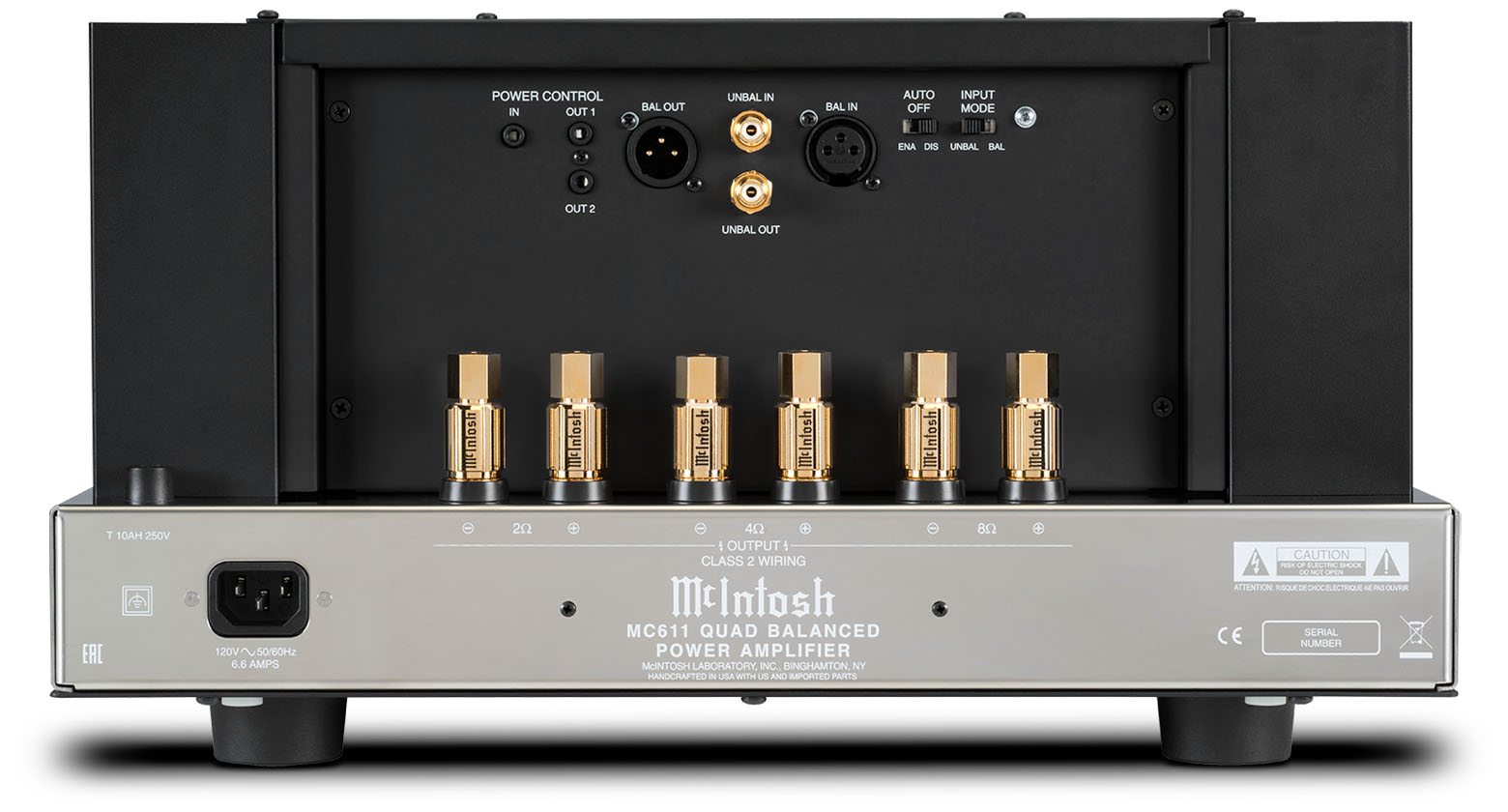
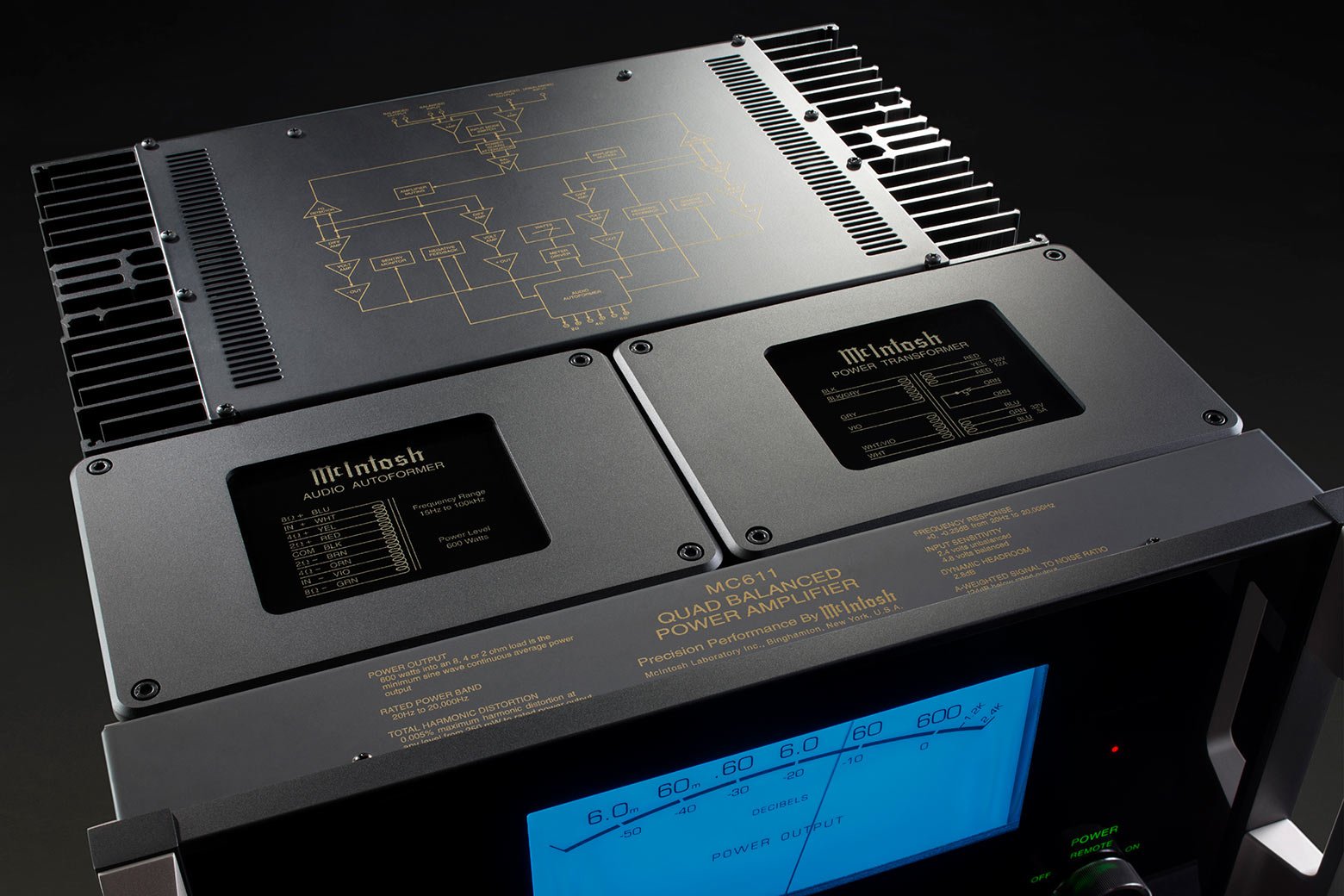
Review Starts Here
Overview
I purchased a pair of these late last year. I have been wanting a set of McIntosh monoblocks for as long as I can remember. Toward the end of last year I got an offer on a pair of the MC611’s I couldn’t refuse and said “screw it”. You only live once and can’t take it with you, so I closed my eyes and hit the figurative buy button.
I had no plans to test and review this amplifier because I don’t like reviewing things I can’t provide data for, and at nearly 100 pounds, and the fact that my measurement PC is upstairs, I figured I’d never be able to test this. Well, yesterday I made it happen. I set one up on a sled and pushed it upstairs and then a “gravity assist” back down the stairs to put it back in its natural environment. So here we are.
Testing Info
- Warmup: Unit was provided pink noise with an output of 1 watt into a 4-ohm load for 10 minutes.
- Test Bandwidth: 22.4kHz (48 kHz Sample Rate) (unless otherwise stated)
- Input to DUT: Balanced XLR.
- Testing conducted in balanced mode
- FFT size: 32k (128k for multitone for better LF resolution)
- Single-channel amp – ignore “Channel 2” in images
- Tests were run at 2, 4 and 8-ohm static loads.
- Beyond the static loads mentioned above, Reactive Loads were also used for testing and noted. Both a “simple” and “complex” load. These are designed to emulate a true speaker load without risking damaging a real speaker or deafening myself to test tones from a real speaker. The impedance sweep of these loads are provided below.
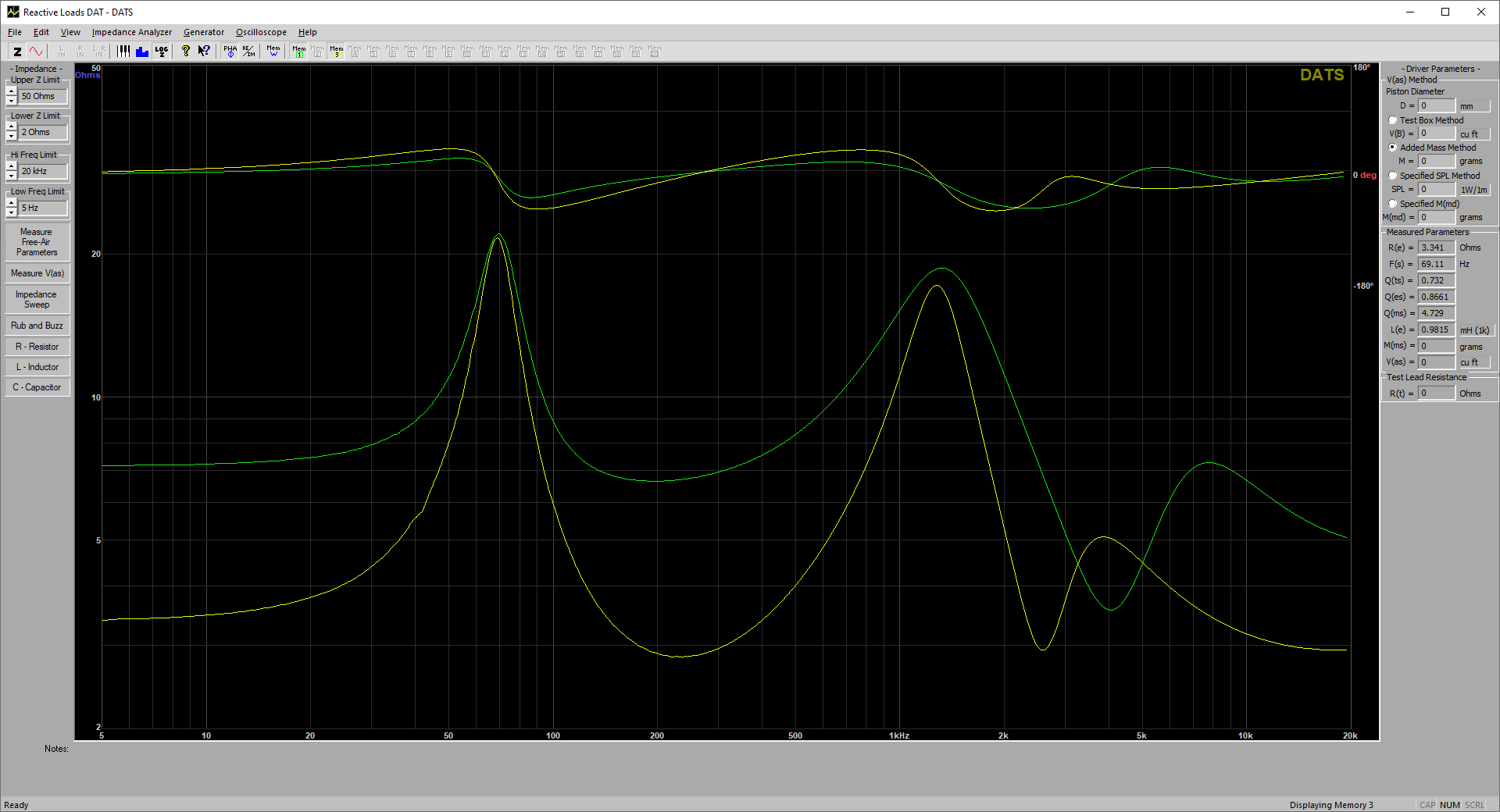
Note: Due to server space costs, results published here focus on the 4-ohm testing (unless otherwise noted). However, all the 2/4/8-Ohm data are provided on my Patreon page (Patreon link).
Frequency Response
Using both my static 2/4/8 Ohm loads in addition to my “simple” and “complex” reactive loads, I found the response is practically unchanged. There is some mild deviation due to the complex load, but it’s no more than about 0.10 dB. No one is going to hear that.

THD+N Results
- Amp exceeds 600w rating in most conditions
- Output at 0.10% THD+N:
- 2Ω: 600w
- 4Ω: 800w
- 8Ω: 750w
- “Simple” Reactive Load: 1.025kW
- “Complex” Reactive Load: 1.22kW
- Appears optimized for ~4Ω loads

Max Power & Burst Power
- Continuous vs. CEA-2006 max burst @ 1kHz, 1.0% THD:
- 2Ω: 617w / 810w
- 4Ω: 845w / 1117w (input: ~5.516 / 6.238 Vrms)
- 8Ω: 829w / 1059w
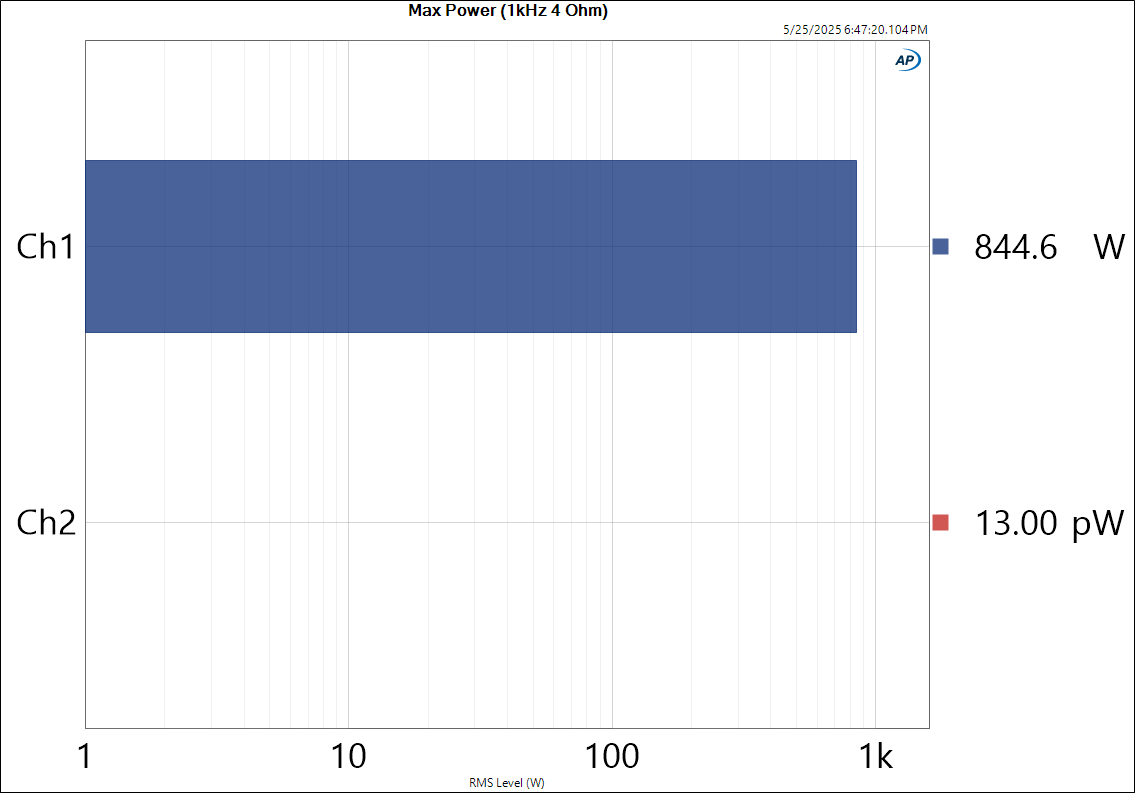
“Heavy Lifting” Observations
During the majority of my test, I focused on the 4-Ohm setup. So what I talk about below is with this focus in mind.
It’s worth noting that this amp implements McIntosh’s “Power Guard”, which is used to reduce distortion instantaneously. It works well… because you can see no sign of it in terms of power limitation, yet I can see the indicator light come on. With some tinkering, I found that Power Guard kicks in just after approximately 5.20Vrms, which equates to 806.3 watts. That’s still nuts. And Power Guard doesn’t cause the power to diminish after this; you can see in the panel setup I used a 4-Ohm up to about 850w with mild clipping in the sinewave, but still below 0.90% THD+N. And the above max/burst tests went beyond this.
- 5w SINAD: ~100 dB (≈ 0.001047% THD+N)
- 600w SINAD: ~105 dB
- Dynamic range @ 600w: 124 dB
- IMD test @ 5w:
- 60Hz 2nd & 3rd harmonics ~100 dB below
- 7kHz tone also ~100 dB down
- Multitone @ 5w and 600w: ~110 dB dynamic range
- Noise Floor: ~-130 dBrA
- Frequency vs Power: consistent, with exception near 20 Hz
- 4Ω THD+N “knee”: ~726 watts
Frequency Response
Bench Mode Results
The following sections provide screenshots of the bench testing which uses single test tones, IMD, and Multitone test signals. The screenshots can be viewed in the following manner:

Remember, this is a single-channel amplifier so ignore Channel 2 results. For IMD and Multitone testing note the input voltage which is intended to match the single-tone input voltage to meet a desired power output. For example, to achieve ~5 watts with a single 1kHz tone I used 410.0 mVrms which gives a reading of 5.029 watts. This same voltage was used for IMD testing but the panel shows 3.405 watts and for multitone results in 1.073 watts.
Single Tone
5 watts

600 watts (rated power)

806 watts (just before Power Guard kicks in @ 5.20 Vrms input)

IMD
5 watts

Multitone
5 watts

600 watts (rated power)

Summary
This amp is a beast. Incredibly low distortion, gobs and gobs of power at varied loads and excellent build quality. I’m even happier about my purchase now that I’ve tested this amp.
Of course, this begs the question: why in the world would I pay so much for such an amp? Well, there’s no logical reason if you look at pure numbers and have a typical room with average sensitivity speakers. Other, smaller amplifiers put out tons of power and weigh nothing, relative to the 98 pounds of this amplifier. Especially Class D amplifiers from Purifi and Hypex. They are fantastic amplifiers with solid power and low noise. I’ve owned a few myself but they were limited to about 500w @ 4 ohm and have no additional headroom. Most of them do not have regulated power supplies and thus have staggered power ratings depending on the load. Which, in and of itself, isn’t a bad thing. Just buy the appropriate power for your speakers and don’t worry about regulated loads and blah blah blah. It’s not like you’re going to be switching speakers frequently. Right?
However, I’m excited to own these. I think they look badass, have ridiculous power, and nip my “upgradeitis” in the bud. If nothing else, this testing shows us that while, yes, McIntosh products are not a “value” in any realm of the imagination, they are certainly not slouching in objective excellence. The other stuff - like resale value, pride of ownership, nostalgia, looks, etc - are the “extra” factors at play here. Some don’t care about that at all. Some think they’re hideous. And that’s perfectly fine. I’m just glad it doesn’t test like my old $50 Sony Xplod car audio amplifier.
The thing I am quite interested in is just how much power this amplifier delivers in a reactive load, as opposed to the static 2/4/8 ohm loads. This isn’t the only amp to have a higher capacity with a reactive load. And to me this certainly makes me curious about how other reactive loads might perform and just how that connection with amplifiers might result in different subjective feelings based on power/output alone. Just thinking out loud.
Support / Contribute
I do not take adspace nor do manufacturers pay me for reviews. All revenue is through YouTube ad-revenue or directly from contributions from viewers such as yourself. While this is not my full-time job it’s cool when I’m able to make a few bucks for my efforts.
If you’d like to support the channel I have listed a few ways below. Thank you!
Patreon:
Want to be more involved? On Patreon you can vote in polls, see behind-the-scenes stuff, read about the occasional manufacturer drama (fun, right?), and help shape what I do next.
👉 https://www.patreon.com/erinsaudiocorner
Donate Via PayPal:
If you would like to contribute directly via PayPal that would be appreciated!
👉 https://www.paypal.com/donate?hosted_button_id=CLHSW4L9SBSLY
Generic Affiliate Links:
Anytime you’re buying something online — whether it’s speakers, TVs, or just everyday stuff — you can use the clickable links below. I get a small commission (at no extra cost to you), and it adds up more than you’d think.
Amazon
Crutchfield
Audio Advice
AsciLab Speakers
Arendal Sound
Best Buy
AliExpress
Wal-Mart
Parts-Express
Newegg
Samsung
Target
Thomann
Emotiva
Monoprice
